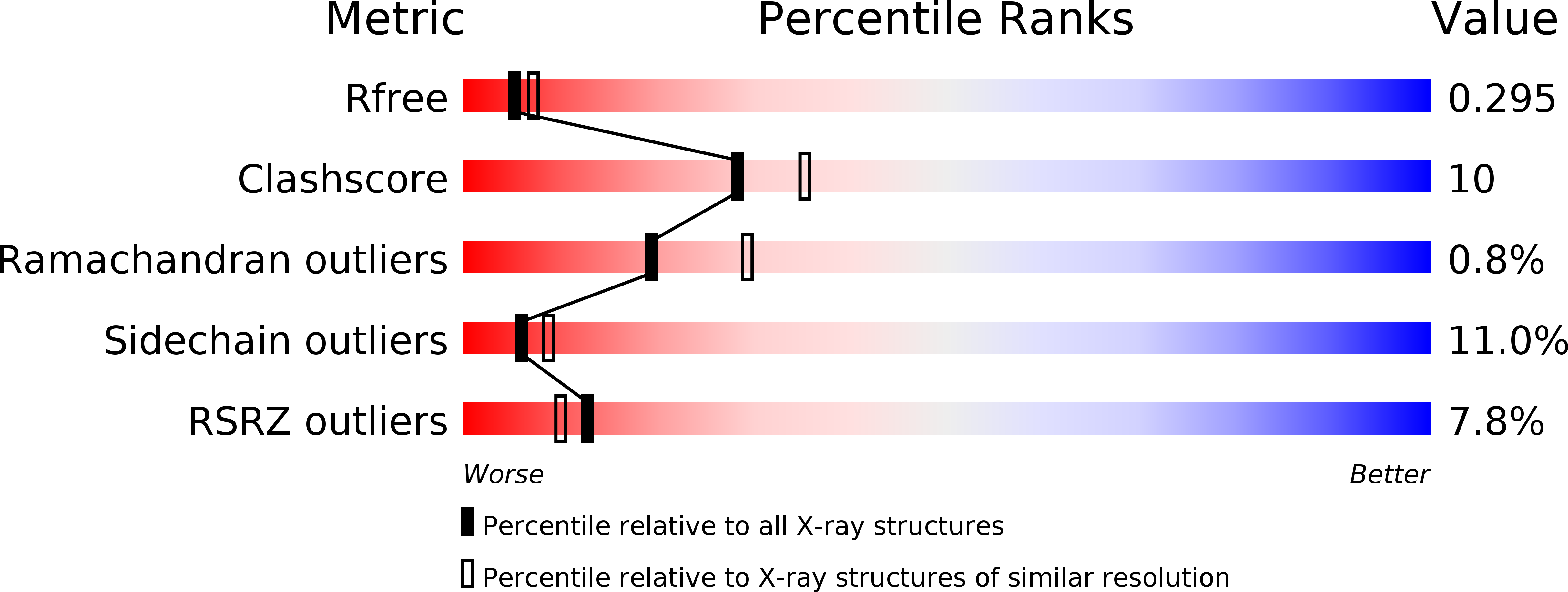
Deposition Date
2011-04-15
Release Date
2011-09-21
Last Version Date
2024-10-30
Entry Detail
PDB ID:
3RJD
Keywords:
Title:
Crystal structure of Fc RI and its implication to high affinity immunoglobulin G binding
Biological Source:
Source Organism:
Homo sapiens (Taxon ID: 9606)
Host Organism:
Method Details:
Experimental Method:
Resolution:
2.65 Å
R-Value Free:
0.27
R-Value Work:
0.24
R-Value Observed:
0.25
Space Group:
P 32 2 1


